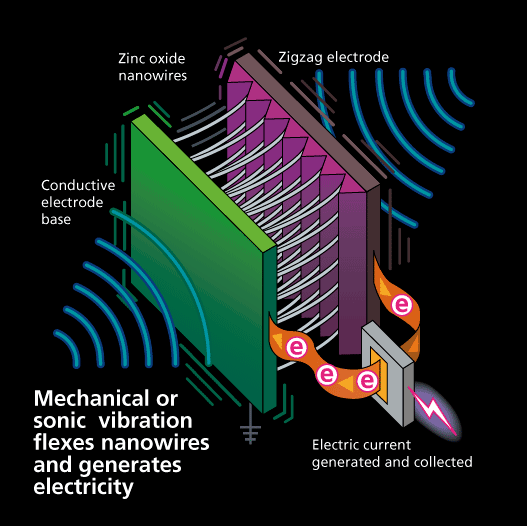
Fig. 1: Graphic Showing Variious Parts of a Nano Generator
The development of an existing technology is measured is terms of increase in efficiency, self-sustainability and/or portability. Since the invention of the light bulb, we have always strived to find a better way to power it. First there was direct current, then alternating current; then the more portable sources like batteries, rechargeable batteries, fuel cells and technologies invoalving the use of alternative resources of energy (wind, solar, hydroelectric, etc.) to power electrical and electronic devices. But in the field of electronics, size is an important parameter as devices grow smaller and smaller every day whilst providing a greater amount of power and using lower input energy.
There is energy everywhere around us in our living environment. It is up to us to figure out a way to transform this energy to do some useful work. If we just look at our body for example, it consists of neurons constantly firing electric signals throughout the body to process response and generate stimuli (electrical energy), it also consists of many links and mechanisms which do work like when we walk our footsteps generate about 67 Watts of power or our finger movement produces 0.1 Watts (mechanical energy), chemical reactions take place to release energy from our food to maintain our body temperature and metabolism (chemical and thermal energy). Even though these sort of outputs cannot power big electrical devices, if transformed accurately it can be used to power small electronic circuits. Nano generators aim to do just that. In this article we will look into the Nano generators from conception to how they work to what they hold in store for our future.
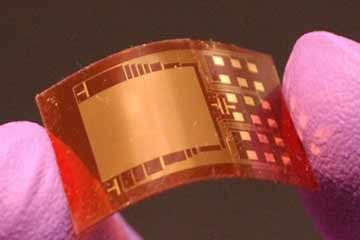
Fig. 2: A Typical Nano Generator Circuit
What Are Nano Generators?
A Nanogenerator is a term used by scientists to describe a small electronic chip which transforms mechanical or thermal energy (produced by minute physical reaction) into electricity. They have an IC (integrated circuit) etched onto an elastic surface, called the substrate, which is basically the type of circuits that we would find in the electronic devices but at a minute scale as the term “Nano” (
![]() ) implies. Viewed from the naked eye, it looks like lines and boxes but, underneath all that (when viewed through a microscope) lies a complex system. The goal to be achieved by a Nanogenerator is provide self-sustainability to the Micro/Nano Systems by harvesting energy from its environment. It was first proposed by Dr. Zhong Lin Wang and his colleagues at Georgia Institute of Technology in 2006 and they had developed the first Nanogenerator for a self-powered system.
) implies. Viewed from the naked eye, it looks like lines and boxes but, underneath all that (when viewed through a microscope) lies a complex system. The goal to be achieved by a Nanogenerator is provide self-sustainability to the Micro/Nano Systems by harvesting energy from its environment. It was first proposed by Dr. Zhong Lin Wang and his colleagues at Georgia Institute of Technology in 2006 and they had developed the first Nanogenerator for a self-powered system.
Mechanical is energy although small, is available in plenty in various forms in the environment. It can be light wind, body motion, muscle stretching, sound waves, noises, vibrations, blood flow etc. The table below shows the mechanical energy from typical body motions and the theoretical electric energy that can be obtained from it.
|
Physical Activity |
Mechanical Energy Equivalent |
Theoretical Electrical Energy |
Electrical Energy per Movement |
|
0.93 W 1.00 W 0.83 W 3.00 W 6.9-19 mW 67.00 W |
0.16 W 0.17 W 0.14 W 0.51 W 1.2-3.2 mW 11-39 W |
0.16 J 1.02 J 0.84 J 2.25 J 0.226-0.406 mJ 18.80 J |
Table 1 Table showing biomechanical energies related to normal body functions
To convert the mechanical energy into electricity nanogenerators use arrays of “Nanowires” which are made of piezoelectric zinc oxide (ceramic) material. Piezoelectric materials produce a potential difference when they are strained. The strain is provided by the environment which these piezoelectric nanowire arrays convert to electric potential. The straining force results in a transient flow of electrons in the external load because of the “Piezopotential”. The advantage of using these nanowires is that they can be triggered by a tiny external force at wide range of excitation frequencies (One Hz to thousands of Hz). By combining the effects of thousands of such piezoelectric nanowires, a gentle strain can produce about 1.2V of electricity which can power an LED and a small LCD unit.
Nano Materials for Nanogenerators 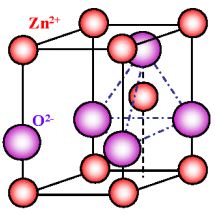
Fig. 3: Molecular Structure of Zinc Oxide
Among the materials used in nanotechnology, ZnO (Zinc Oxide), a semiconducting ceramic material, is one of the most common choice as it has abundant configurations required from a nanomaterial. It has a wide range of applications in Optics, optoelectronics, biomedical science, sensors, actuators, energy and spintronics. Under normal conditions, it has a Wurtzite structure which is a type of hexagonal crystal system. Its structure is the main reason why it is a widely used semiconductor. Although the whole unit cell is neutral, the lack of symmetry in the cell (a tetragonal structure within the HCP (Hexagonal Closely Packed) configuration, some of the surfaces of the material are terminated with a larger concentration of free charges. These polar charge surfaces give rise to some unique growth phenomena. The nanowires are mostly grown in hexagonal rod like or belt like shapes. Some of the common methods to produce nanowires are
1) Vapor-Solid-Solid (VSS) process;
2) Vapor-Liquid-Solid (VLS) process;
3) Pulsed Laser Deposition (PLD);
4) Chemical Approach.
These processes produce nanowires in shapes of rods and belts depending on the various specifications needed. Each nanowire measures around 100 to 300 nm in thickness (0.0000001 to 0.0000003 meters!) and lengths of about 100 microns which is equal to 100,000nm (which is roughly equal to the width of two human hairs). Besides ZnO nanowires, other wurtzite structures like CdS, GaN and InN are being used for electricity generation. Out of these, GaN and InN are quite encouraging as they can produce an output voltage of about 1V per nanowire.
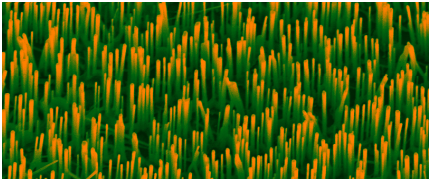
Fig. 4: Image Showing Growth of ZnO Wires Growing on Sapphire Substrate
Working Mechanism
Arrays of thousands of these nanowires are grown on a conductive solid substrate and a silicon electrode coated with Platinum is placed on the open end of the nanowires in a zig zag pattern. The force applied on the nanowires can either be perpendicular to the axis of the nanowires (bending force) or parallel (compressive or tensile force). When the external force is applied on the tip of the nanowire, there is a deformation caused in the nanowire structure due to the displacement of ions causing the piezoelectric effect. In a perpendicular force, i.e. a laterally moving electrode tip causes a voltage difference between the compressed end (negative terminal) and the stretched end (positive terminal); whereas in the case that there is parallel force, i.e. a pressing or pulling force, the voltage difference is formed between the top end and bottom end of the nanowires. The electrical contact between the nanowire tip and the silicon electrode must be a Schottky Contact which is a type of contact between a metal-semiconductor junction allowing charge to flow in one direction only with rectification (otherwise it will be an Ohmic Contact). The charge produce from the piezoelectric material is captured by the Silicon Electrode and passed on through the circuit of the Nanogenerator. The entire Nanogenerator unit may have multiple electrodes collecting charge from millions of Nanowires.

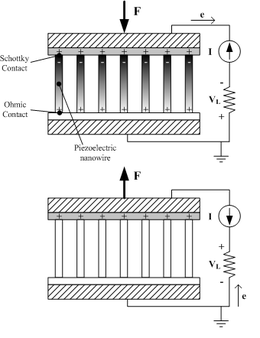
Fig. 5: Diagrammatical Image Showing Working of Nano Generator
There is also development being done on two other types of Nanogenerators using a different effect rather than the piezoelectric effect. They are 1) Tribo-Electric Nanogenerators (TENG) and 2) Pyro-Electric Nanogenerators (PENG).
The triboelectric effect is better known to us as electrostatic induction. When a certain material comes into frictive force (rubbed) onto another material, it produces a stagnation of electrostatic charge. For example, when a balloon is rubbed with fur and placed above our head, strands of hair are attracted by the induced electrostatic force on the surface of the balloon. The vibration energy causing the triboelectric effect are captured by organic films having opposite tribo-polarity constantly going in and coming out of contact.
The Pyroelectric Nanogenerators work on the Seebeck effect to convert thermal energy into electricity. When two materials are joined and heated, they generate electricity at the junction. PENGs can be used in an environment which has a fluctuating time dependent temperature profile. This can prove to power wireless thermal sensors, medical diagnostics, personal electronics (like when your smartphone gets over heated and all of that energy is wasted?) and thermal imaging equipment.
Practical Applications of NG
The main application of Nanogenerators is to harvest biomechanical energies from living species to power medical implants. Today’s medical-electronic implants either require constant changing or an external power source to keep them running, such as a peacemaker or a blood glucose monitor. If these Nanogenerators can harvest the energy from involuntary events like our heart beat, blood flow, lung expansion etc. and power the equipment which help them save our life (a mutual symbiosis). It also helps that the piezoelectric materials like ZnO are absolutely non-toxic and can be synthesized on an organic substrate. Another important application is in the measurement and metrology industry, self-powered sensors such as UV and pH sensors generally the Nano and micro devices. Nanogenerators could even power iPods and smartphones in the near future with Nanogenerators implanted in the cloth fiber of our shirts, hoodies, shoes, gloves etc. which could provide music when you go for your morning jog. Futuristic approaches towards the use of nanogenerators include the utilization of Nanogenerators in wearable technology like smart optics, smart fiber etc. Also considering the impact it has on the environment by producing clean energy by utilizing the energy of life. Technologies these days tend to make people lazier but this innovative technology could improve the general fitness standards of today’s population. The application of NGs is only limited by one’s imagination. The invention of nanogenerators is on the top 10 world inventions as proposed by Chinese Academy of Science. Piezonanoelectronics has been listed as one of the top ten emerging technologies in 2009 by MIT Technology Review. Research is constantly being done in this front by leading Universities and Laboratories, and will probably be the invention that caused a revolution in the field of electronics in the coming 30 to 40 years. This seems scarily, too close to the concept of the film “The Matrix” where computers take over the earth and power themselves using Bio thermal Energy produced from human bodies (the only cause for concern).
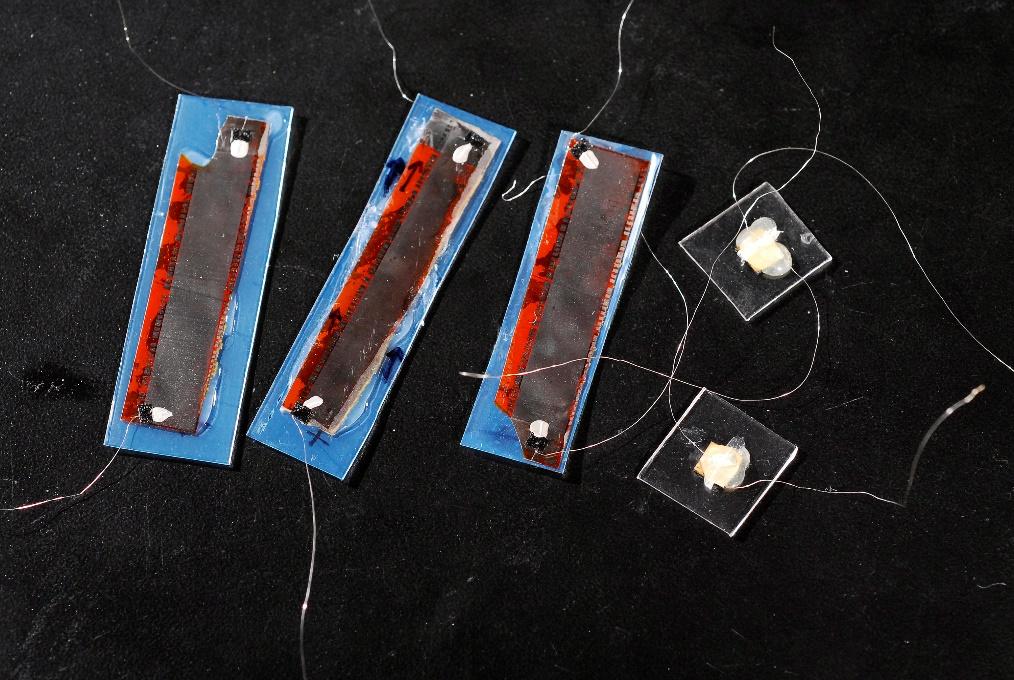
Fig. 6: Piezoelectric Nano Generators
Filed Under: Articles


Questions related to this article?
👉Ask and discuss on EDAboard.com and Electro-Tech-Online.com forums.
Tell Us What You Think!!
You must be logged in to post a comment.